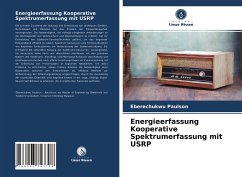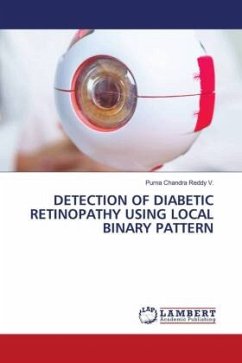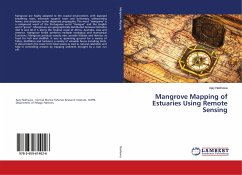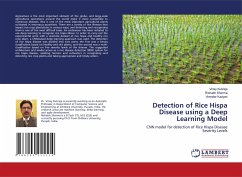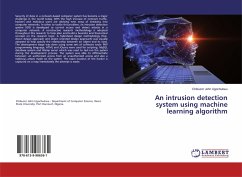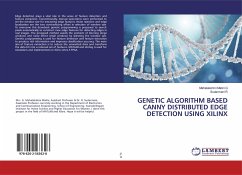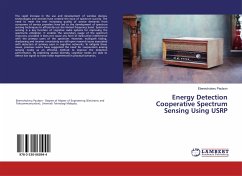
Energy Detection Cooperative Spectrum Sensing Using USRP
Versandkostenfrei!
Versandfertig in 6-10 Tagen
26,99 €
inkl. MwSt.

PAYBACK Punkte
13 °P sammeln!
The rapid increase in the use and development of wireless devices, technologies and services have created the issue of spectrum scarcity. The need to meet the ever increasing quality of service demands from consumers of service providers have led to the development of spectrum sensing techniques to efficiently use the limited frequency band. Spectrum sensing is a key function of cognitive radio systems for improving the spectrums utilization. It enables the secondary usage of the spectrum resources, provided it does not cause any form of destructive interference with the primary users of the s...
The rapid increase in the use and development of wireless devices, technologies and services have created the issue of spectrum scarcity. The need to meet the ever increasing quality of service demands from consumers of service providers have led to the development of spectrum sensing techniques to efficiently use the limited frequency band. Spectrum sensing is a key function of cognitive radio systems for improving the spectrums utilization. It enables the secondary usage of the spectrum resources, provided it does not cause any form of destructive interference with the primary users of the spectrum. However, multipath fading, shadowing and receiver uncertainty are still open research issues associated with detection of primary users in cognitive networks. To mitigate these issues, previous works have suggested the need for cooperation among sensing nodes as an effective method to improve the detection performance. By exploiting spatial diversity, cognitive nodes are able to detect low signal to noise ratios experienced in practical scenarios.




